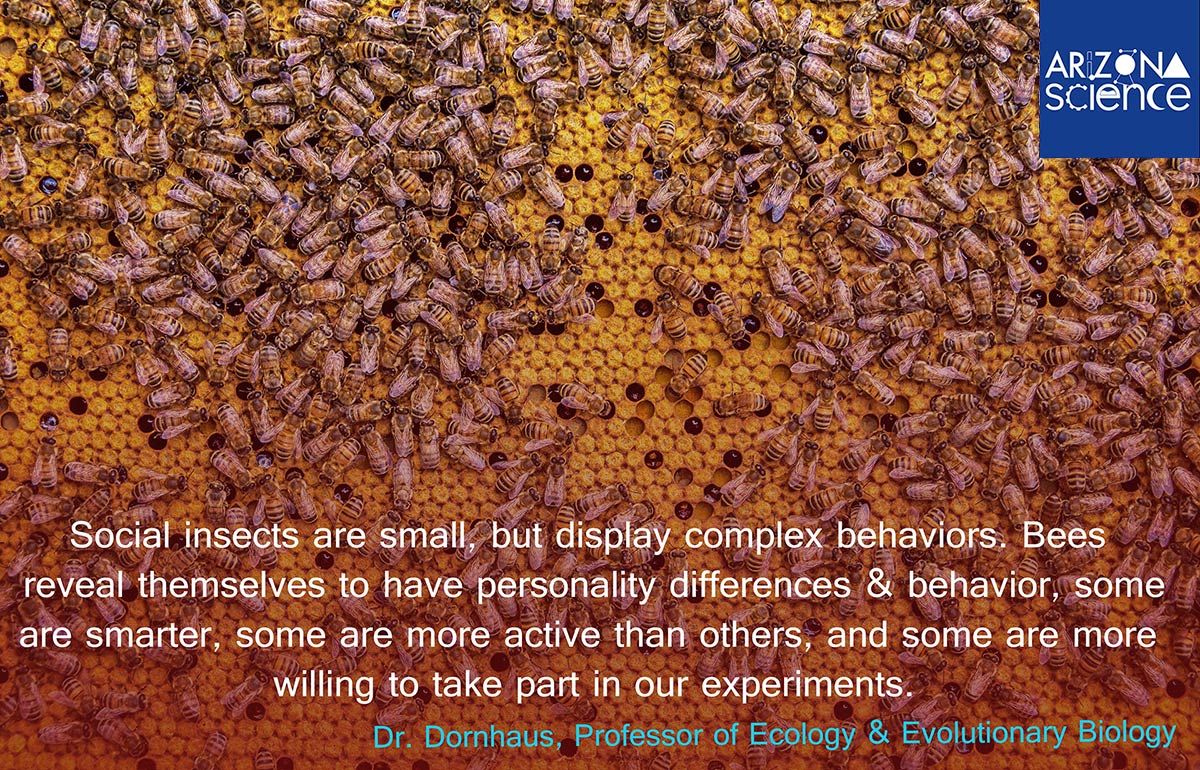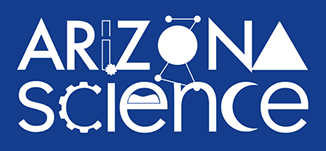 Applying the wisdom of insects to human engineering.
Applying the wisdom of insects to human engineering.
Swarms of ants or bees are tight-knit collaborative organizations. In her studies of how they achieve coordinated and intelligent colony behaviors, Anna Dornhaus has uncovered general patterns of optimal social organization. For example, individual social insects communicate valuable information about food resources to all of their nest-mates: in some species, the same information gets repeated and strengthened by communication, even after it has become obsolete. To combat that potential problem, ants in other species are deliberately less attentive to social information, and instead focus on independent exploration. This has direct lessons for our own lives and the degree to which we rely on social, versus independently verified information.
We can also apply this knowledge to the engineering of cluster computing, device networks, robot swarms and power grids, where individual units must be built to coordinate efficiently with others. Engineers are finding that system-level performance is both more robust and more efficient when hierarchical control structures are absent, and instead, as in insects, individuals make decisions based just on their own local interactions.
IN THIS EPISODE
Anna Dornhaus, PhD, Professor of Ecology and Evolutionary Biology
Leslie Tolbert, Ph.D. Regents' Professor in the UA's Neuroscience Department


By submitting your comments, you hereby give AZPM the right to post your comments and potentially use them in any other form of media operated by this institution.